World leaders are gathering in Katowice, Poland, to negotiate the world’s response to climate change. The 24th Conference of the Parties (COP24) will last from December 3-14 and its primary aim is to reach agreement on how the Paris Agreement of 2015 will be implemented. In a year which saw record weather extremes and an extraordinary announcement from the UN that we have only 12 years to limit catastrophe, the need for meaningful progress has never been greater.
To explain how the COP works and what it means for the fight against climate change, we asked our academic experts to share their views.

What will COP24 address?
The urgency to reach key milestones in the Paris Agreement and deal with climate change puts a lot of high expectations on COP24 – Federica Genovese, lecturer in government, University of Essex.
Rulebook: this is the conference’s main goal – to establish consensus on how nations should implement the Paris Agreement and report their progress.
-
Emissions targets: COP24 is expected to resolve how emissions will be regulated, although it’s unlikely that sanctions for countries failing to meet their targets will be agreed on.
Finance: the rich countries need to find US$20 billion to fulfil their pledge of providing US$100 billion a year in funding to help poorer countries adapt to climate change by 2020. Agreeing when this will be paid is likely to be contentious.
Role of “big” states: the international political climate casts a long shadow over the talks. Domestic politics in the US, the UK, Russia and Brazil threaten to undermine climate change leadership among larger emitters at COP24.
How did we get here?
1997: Creation of Kyoto Protocol, which set binding emissions targets. It failed as the US did not ratify it.
2009: COP15 in Copenhagen failed to yield any agreement on binding commitments.
2013: COP19 in Warsaw failed to finalise any binding treaty.
2015: COP21 in Paris generated considerable optimism with agreement reached on a legally binding action plan. But two years later, US president Donald Trump announced his intention to withdraw the US from the Paris Agreement.
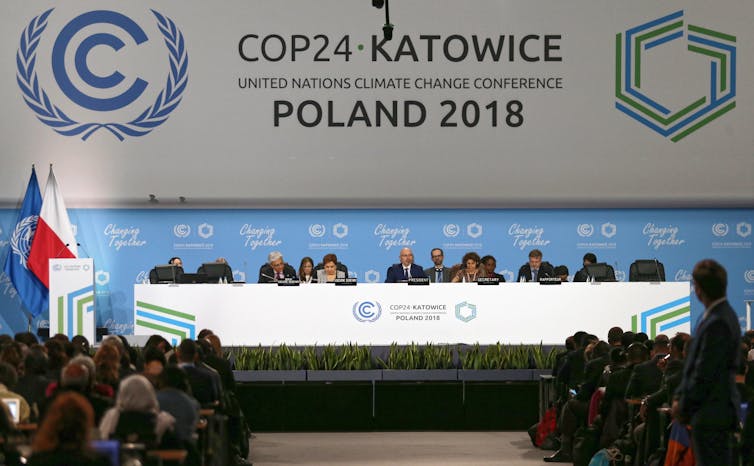
Where are we on the road to catastrophic climate change?
We aren’t facing the end of the world as envisaged by many environmentalists in the late 1980s and early 1990s, but if we do nothing to mitigate climate change then billions of people will suffer – Mark Maslin, professor of Earth system science, University College London
The world’s poorest and most vulnerable people are most at risk from the effects of climate change, with many having to migrate from sea level rise, crop failure and pollution. Sahia – a woman from Bangladesh – lost her home and her family’s livelihood.
As global temperatures near 1.5°C above pre-industrial levels, the limit set in the 2015 Paris Agreement, scientists are increasingly anxious about how changes in the environment could work to accelerate the pace at which the rest of Earth is warming.
The Arctic is warming twice as fast as the rest of the planet and strange recent events here, such as heathland turning brown, could be a sign that previous natural stores of carbon are no longer working properly.
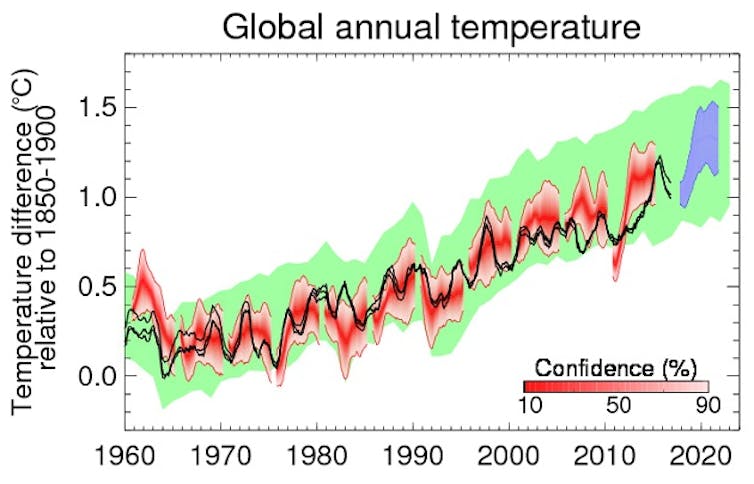
Methane released from Arctic permafrost and other rapid changes could take the matter of limiting greenhouse gas emissions out of our hands in the near future. A paper published in 2018 warned that runaway climate change could lead the planet into a “Hothouse Earth” state:
A chain of self-reinforcing changes might potentially be initiated, eventually leading to very large climate warming and sea level rise – Richard Betts, professor of climatology, University of Exeter
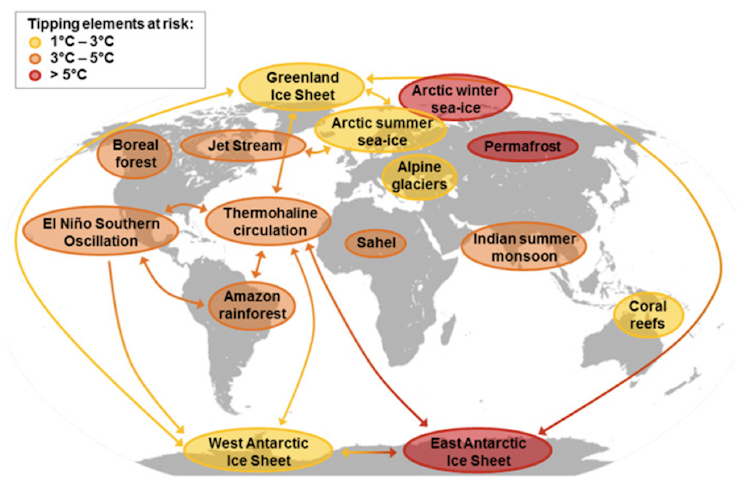
What does the science demand we do to tackle climate change?
Whatever is agreed at COP24 will be what is politically possible, but experts urge us to bear in mind what the science demands to avoid the worst impacts of climate change and keeping global warming below or at 1.5°C.
We’re failing to cut down our emissions, the technologies for NETs [Negative Emissions Technologies] don’t exist at any meaningful scale yet, and there are no political drivers in place to enforce their deployment. There is also a real risk of a dramatic rise in methane in the near future. COP24 will have to consider emergency plans – Hugh Hunt, reader in engineering, University of Cambridge.
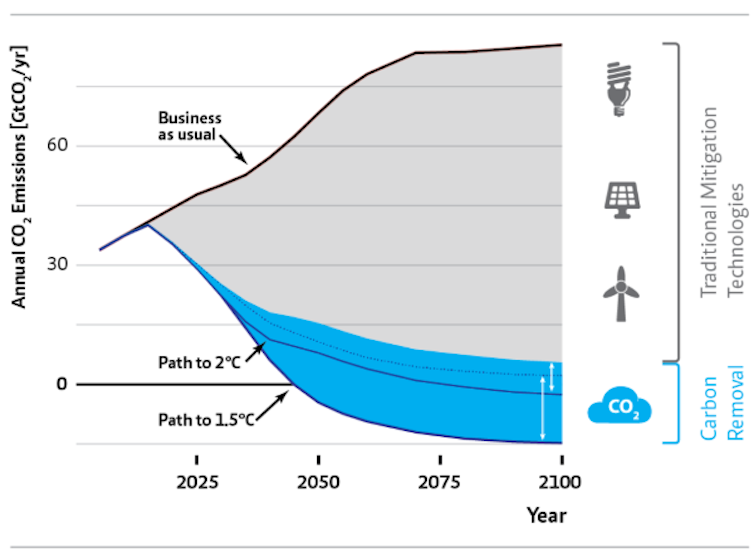
A more radical approach at COP24 could highlight the ample opportunity there is for slowing climate change by restoring habitats. For many countries, reforestation is a more immediate way to slash emissions and make society happier and healthier in the process.
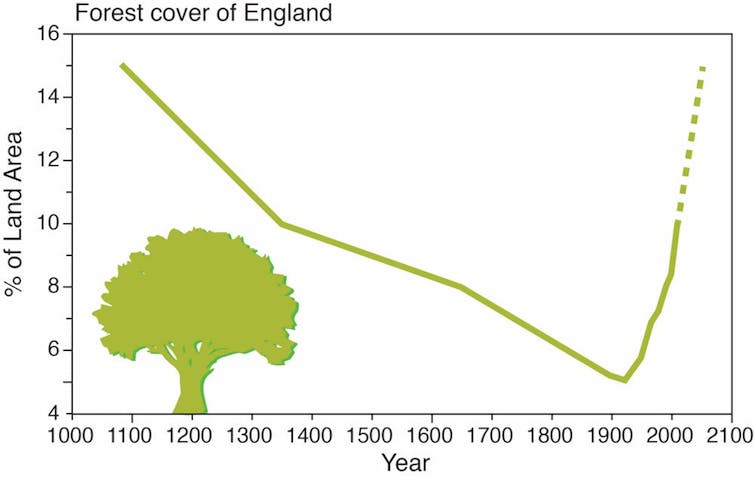
However, while the climate has changed radically since global warming was first declared a man-made phenomenon 30 years ago, international efforts to tackle it haven’t. Many experts argue that the involvement of commercial interests at COP24 limits what is possible for mitigating climate change.
Ten years after the financial crisis, COP24 should not legitimise large financial investors as the architects of a transition where sustainability rhymes with profitability – Tomaso Ferrando, lecturer in law, University of Bristol
Representatives from pension funds, asset managers and large banks will be lobbying world leaders to favour investments in infrastructure and energy production as part of the transition towards a low-carbon economy.
Finance sector sees this transition as an opportunity to generate profit. If climate change is fought according to the rules of Wall Street, says Ferrando, people and projects will be supported only on the basis of whether they will make money.
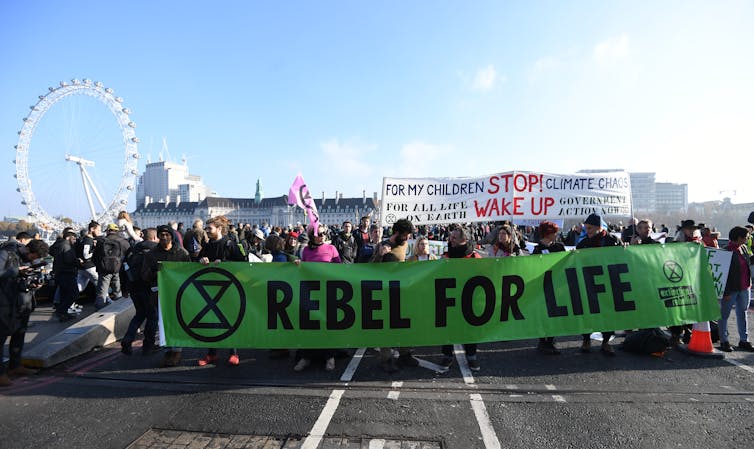
If COP24 can’t save us, what can?
At COP24 environmental movements have an opportunity to use their platform to highlight the relationship between economic growth and environmental impact, and even to discuss radical alternative futures that are not dependent on a growth-based economy – Christine Corlet Walker, PhD researcher in ecological economics, University of Surrey
To bring about radical action on the environment, many academics believe we need an equally radical social movement. They argue that protesters should seize the initiative to attack the root causes of climate change, such as economic growth.
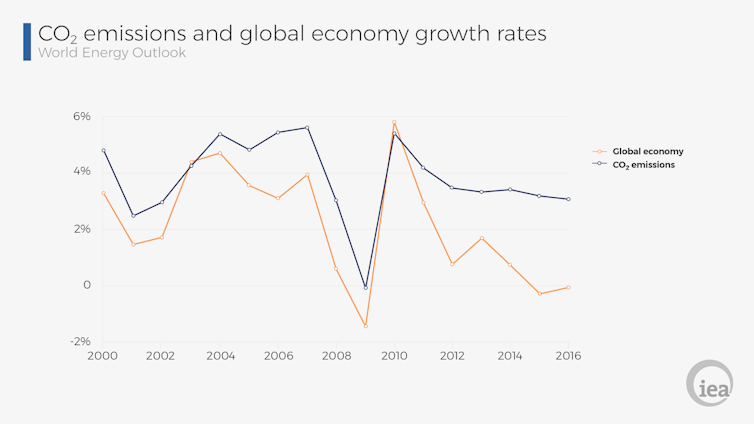
Debunking the climate change denialists
2018 marks 30 years since climate change was first declared a man-made phenomenon, during a congressional committee in Washington DC. The testimony of NASA climatologist James Hansen was met with both concern and scepticism at the time, but the science is in: anthropogenic climate change is incontrovertible.
Climate change is happening and is being caused by humans. This is the academic consensus, backed by science. But for climate change deniers:
The 97%
97.5% of scientists who had published peer-reviewed research about climate change agreed with the consensus that global warming is human-caused (2010 study from Princeton University).
97.1% of relevant climate papers published over 21 years affirmed human-caused global warming (2013 study involving multiple institutions).
97% consensus in published climate research found to be robust and consistent with other surveys of climate scientists and peer-reviewed studies (2016 study involving multiple institutions).
What do the other 3% think?
There is no consistent theme among the reasoning of the other 3%. Some say “there is no warming”, others suggest the sun, cosmic rays or the oceans as a reason.
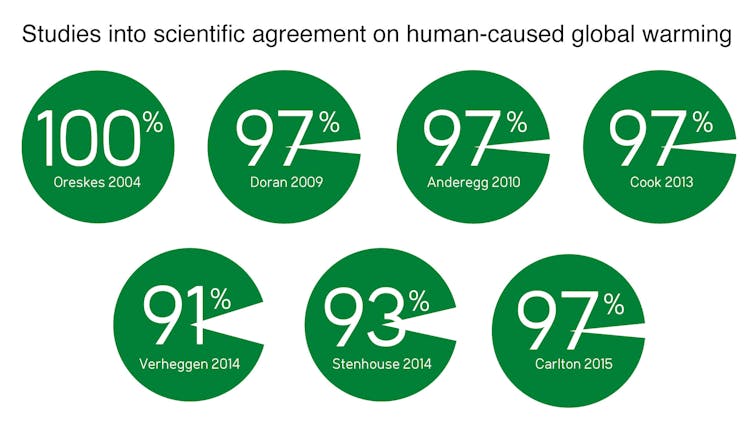
Why do some still not believe in human-caused climate change?
The fossil fuel industry has spent many millions of dollars on confusing the public about climate change. But the role of vested interests in climate science denial is only half the picture. The other significant player is political ideology – John Cook, research fellow in climate change communication, George Mason University
An analysis by American professor Robert Brulle found that from 2003 to 2010, organisations promoting climate misinformation received more than US$900m of corporate funding a year. From 2008, funding through untraceable donor networks (so-called “dark money ATM”) increased. This allowed corporations to fund climate science denial while hiding their support.
In 2016, an analysis of more than 40,000 texts from contrarian sources by Justin Farrell, another American professor, found that organisations who received corporate funding published more climate misinformation.
At an individual level, however, there is considerable evidence that shows that political ideology is the biggest predictor of climate science denial. People who fear the solutions to climate change, such as increased regulation of industry, are more likely to deny that there is a problem in the first place.
Consequently, groups promoting political ideology that opposes market regulation have been prolific sources of misinformation about climate change, as three American academics found.
Five Techniques used by climate change deniers to look out for:
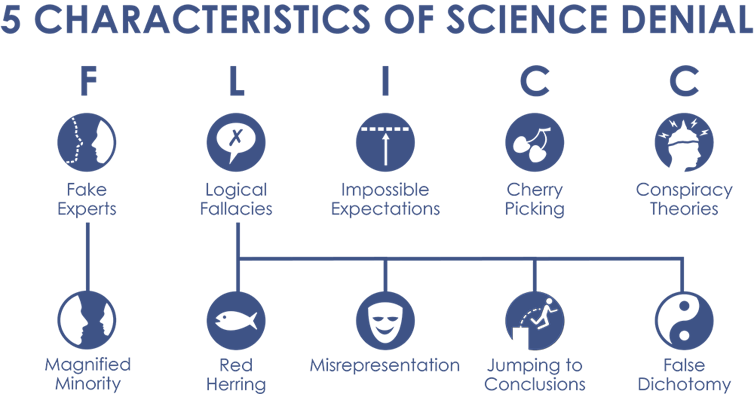
Fake experts: create the general impression of an ongoing debate by casting doubt on scientific consensus.
Logical fallacies: logically false arguments that lead to an invalid conclusion. These usually appear in myths, in the form of science misrepresentation or oversimplification.
Impossible expectations: demand unrealistic standards of proof before acting on the science. Any uncertainty is highlighted to question the consensus.
Cherry-picking: best described as wilfully ignoring a mountain of inconvenient evidence in favour of a small molehill that serves a desired purpose.

- Conspiracy theories: if the evidence is against you, then it has to be manipulated by mysterious forces in pursuit of a nefarious agenda. It is central to denial.

